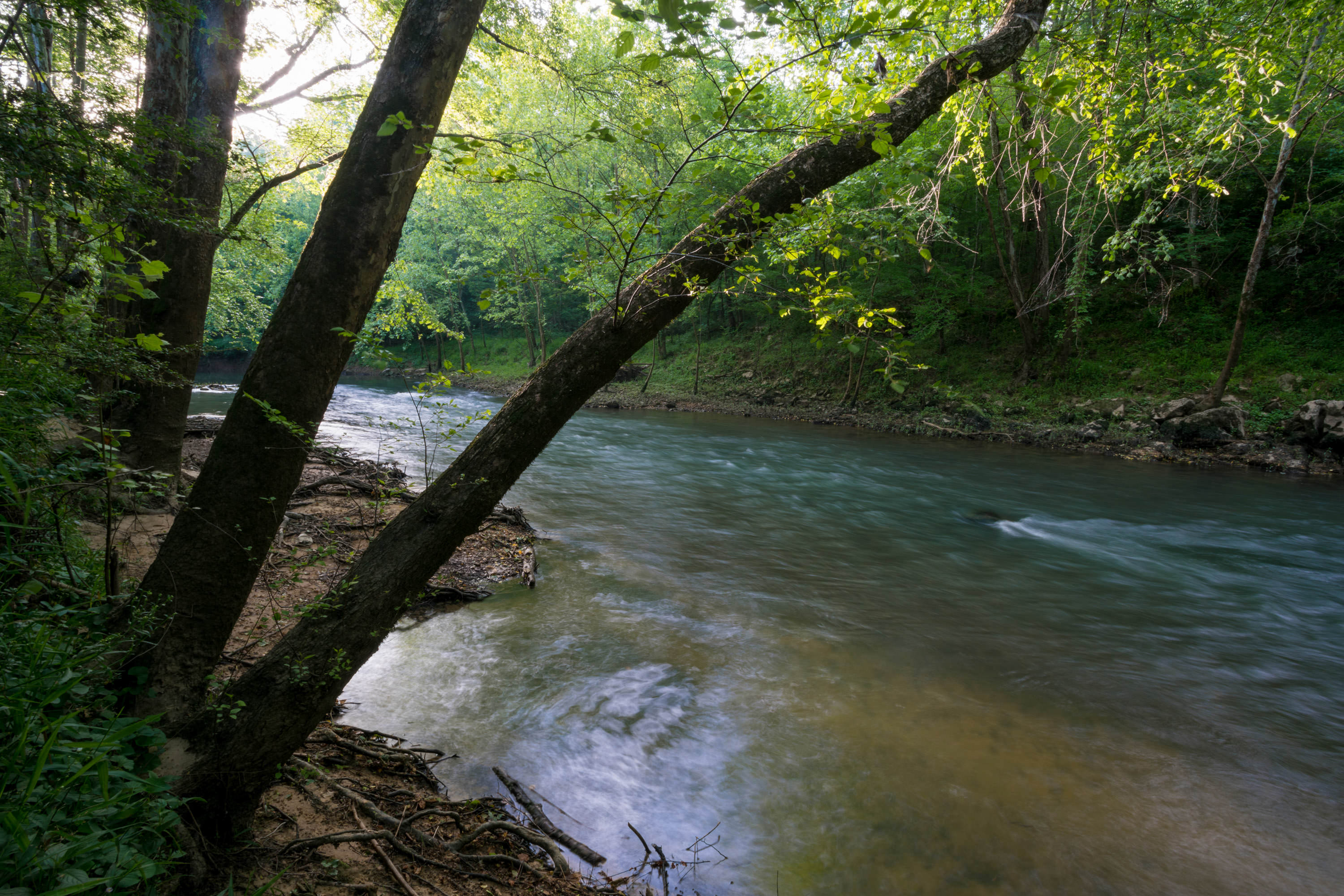Places We Protect
Learn about the places The Nature Conservancy protects in Alabama.
Open To Visitors
Landscape Conservation Areas
-

Buttahatchie River Watershed
The Buttahatchie River originates in the hill country of northwest Alabama. Learn More
-

Cahaba River
The Nature Conservancy works in this Landscape Conservation Area to protect the Cahaba River--Alabama's longest, free-flowing river. Learn More
-

Gulf Islands
TNC has been working to protect this rapidly disappearing landscape conservation area since the 1970s. Learn More
-

Lower Perdido Islands
Private and public partners are working together to keep the Perdido Islands the important and special place they are for people and nature.. Learn More
-

Mobile-Tensaw Delta
This complex system of wetlands and forests is the second-largest intact delta system in North America—and it is teeming with life. Learn More
-

Paint Rock River
The Paint Rock River Landscape Conservation Area supports an extremely diverse array of aquatic life, including some 100 species of fish and about 45 different mussel species. Learn More
Restricted Access
-
Coosa Bog was the first Alabama acquisition for the Conservancy.
-
The Rabbit Island Preserve supports many species and is an important site for migratory birds.
-
TNC is protecting one of the few remaining locations of the imperiled Alabama canebrake pitch plant at the Roberta Case Pine Hills Preserve.
-
A portion of the Wheeler Mountain Tract's 80-to-100-year-old montane longleaf pine forests support the largest known populations of red-cockaded woodpecker in the state.
















